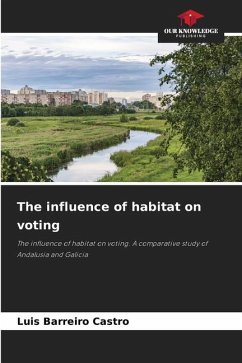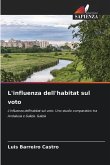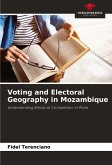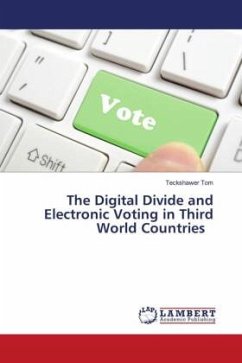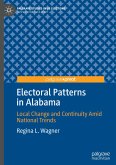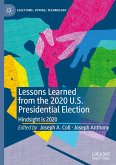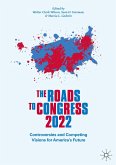This work aims, on the one hand, to detail the differences in electoral behavior depending on the habitat and, on the other, to investigate the possible causes of these. To do this, we study whether variables that have been recurrent in various studies on electoral behavior, such as age, gender, social class, educational level, nationalist sentiment or ideology, can account for the observed differences. Along with them, the population of the municipalities is also included as an explanatory factor of the gap in electoral behavior between rural and urban areas. The confirmation that this variable, by itself, can explain part of the differences observed between the different habitats leads to the search for the possible causes that the size of the group has electoral importance, as well as its relationship with the broadly clientelist phenomenon. collected in the bibliography.
Bitte wählen Sie Ihr Anliegen aus.
Rechnungen
Retourenschein anfordern
Bestellstatus
Storno

